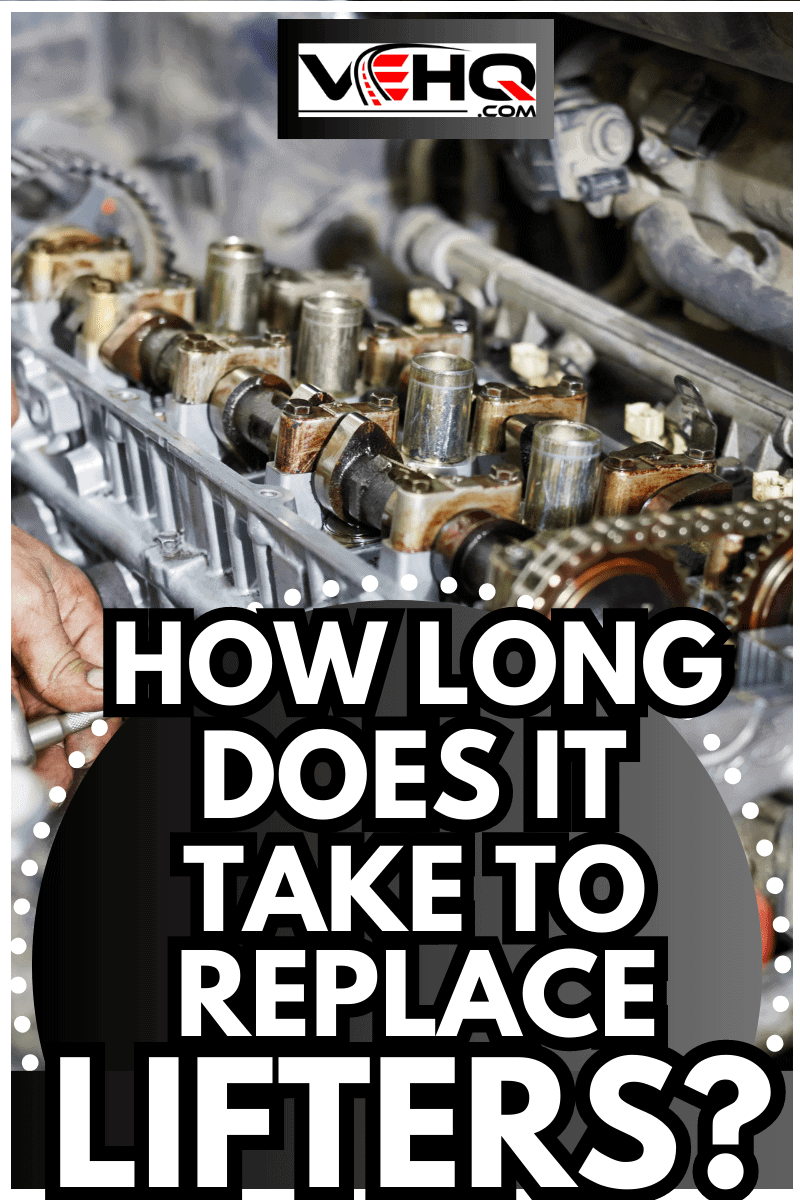You may be experiencing issues with your lifters and planning to replace them as soon as possible. If you are wondering how long it will take to replace the lifters, we've got you covered. We've researched this question and have an answer.
The average time for replacing lifters ranges from seven to 15 hours. You can save time if you are already familiar with how the replacement process works.
Knowing the details about lifters is essential. In this article, we will discuss the typical amount of time it takes to replace lifters, how to know if your lifters are bad, and how to replace them. Keep reading to find out the answers to these concerns.
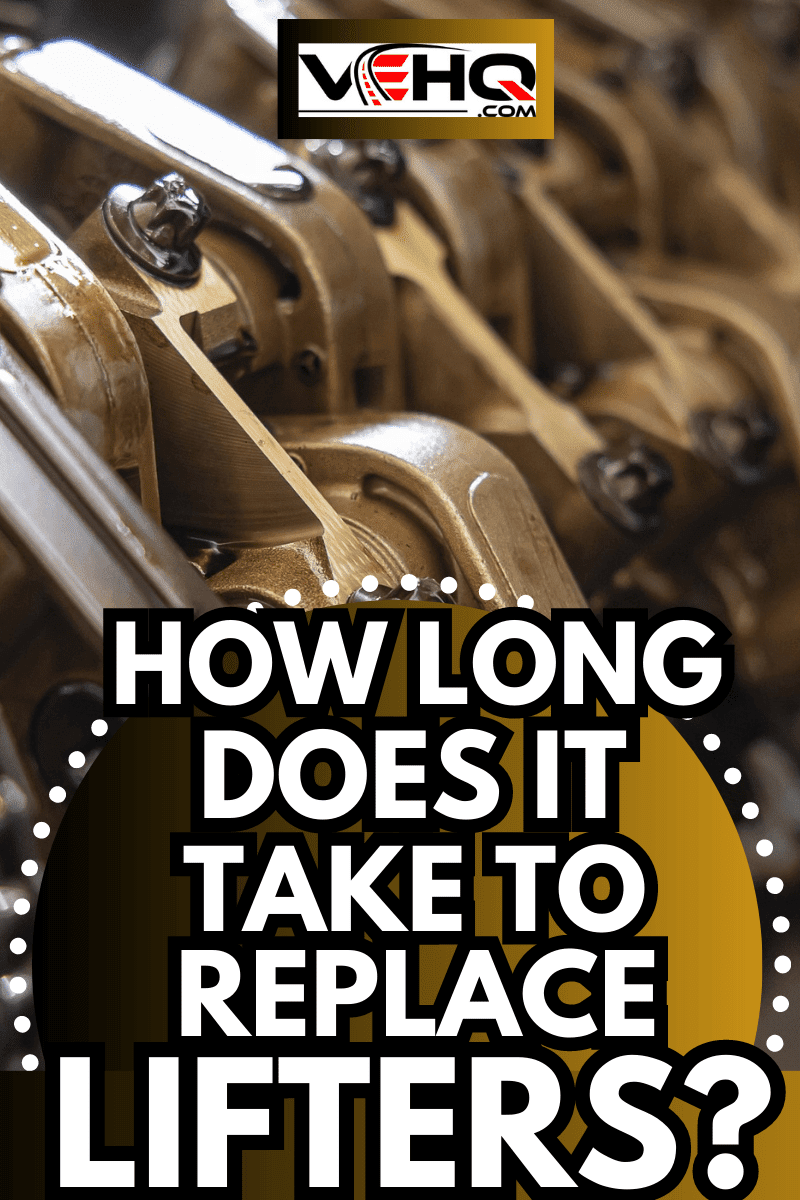
How Much Time Is Required To Replace Lifters?
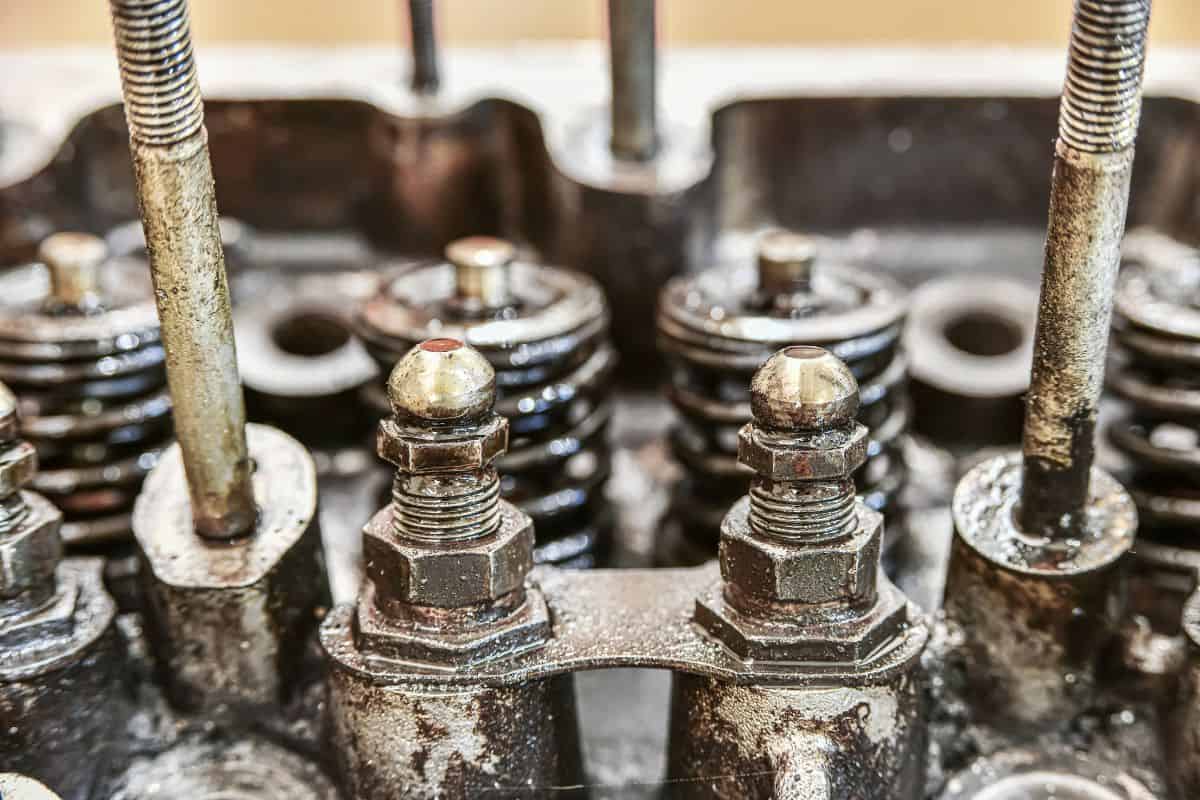
Gasoline and diesel engines have different kinds of lifters, which differ in size and thickness. The average time it takes to replace lifters ranges from seven to 15 hours.
If you are already familiar with how the replacement process works and have the right tools for the task, the replacement time may lessen. An experienced mechanic should be able to complete the job within a reasonable amount of time.
How Do I Know If My Lifters Are Bad?
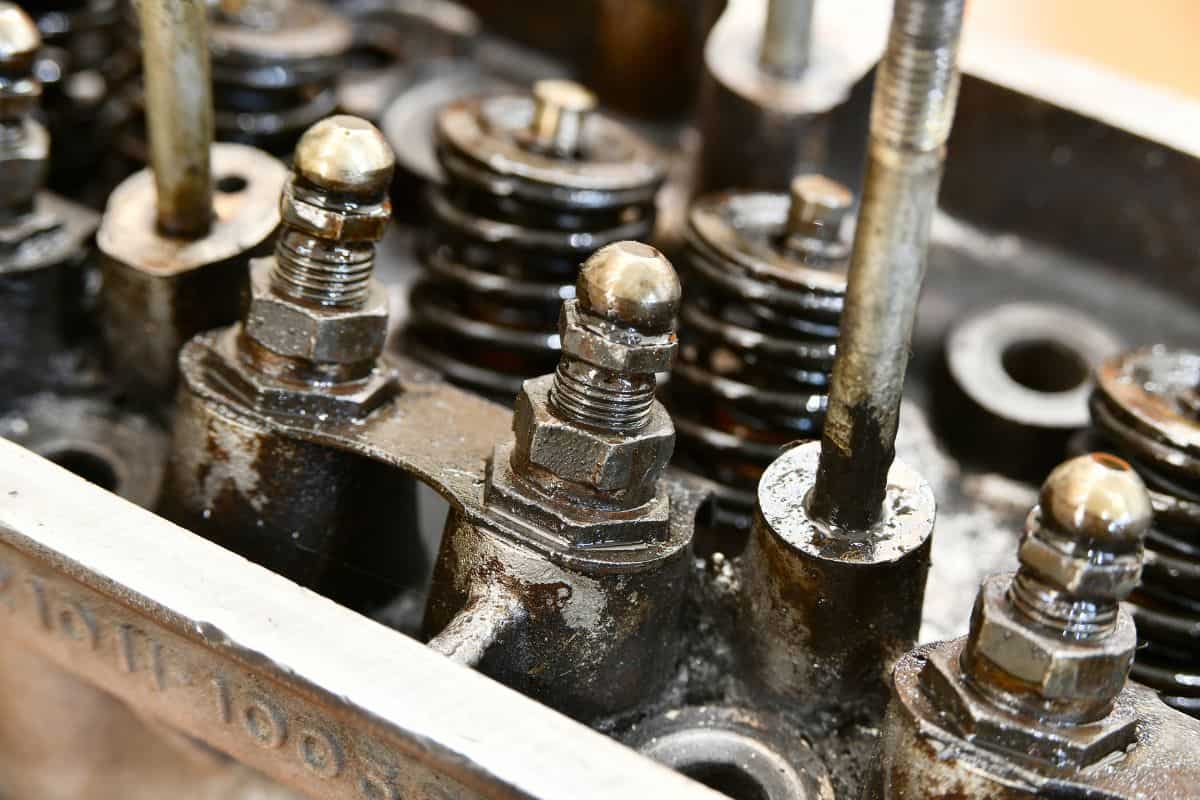
You should be able to recognize the symptoms of bad lifters so that you can immediately take action. Early detection can prevent further damage to other components of your vehicle and save you money.
Inspecting or replacing the faulty component as soon as possible is recommended to avoid more significant problems.
Below are the issues that you should look out for that indicate bad lifters:
Noises
Lifters are responsible for the smooth, quiet run of your vehicle. If they are defective, an issue like unusual noises or tapping sounds may arise. The noise may further increase when you accelerate.
Low Performance
If the lifters in your engine are in poor condition, it can result in reduced engine performance.
The lifters are responsible for opening and closing the valves, which is necessary for the engine to function correctly. Therefore, if the lifters malfunction, it can cause a decrease in engine performance.
Also, you may have a hard time accelerating your vehicle, and poor engine performance may lead to increased fuel consumption, which is a disadvantage for you as a vehicle owner.
Lifters Won't Move
You lifters are probably bad if you inspect them and find that they aren't moving. When lifters are working properly, they are able to move up and down smoothly.
Check Engine Light Is On
When you are having with your lifters, one of the things that you might notice is the check engine light. Problems with lifters can trigger this light.
What Causes A Lifter To Fail?
There are several reasons why your lifters may become fail or become damaged. With continued use of your vehicle, it is inevitable that your lifters will experience wear and tear.
Also, when replacing lifters, it's crucial to ensure that the correct size is used, as installing the wrong size can impact the structure and longevity of the lifters.
You should also ensure that the lifters are well lubricated and have clean oil to prevent damage.
Regular inspection of lifters is recommended to identify problems promptly and allow you to address any issues before it leads to further damage.
How To Replace Lifters
If there are any signs of failure in your lifters, immediately replace them to stop any further damage to your engine.
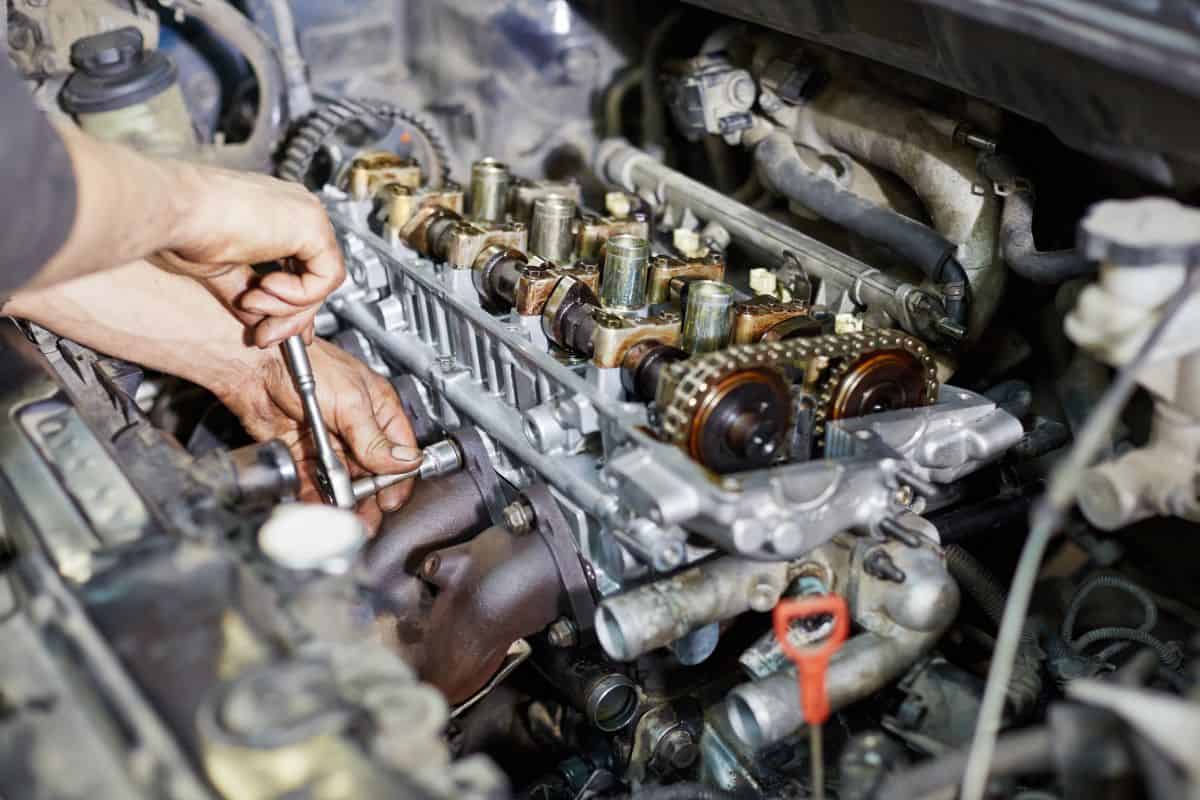
Here are the necessary steps for replacing lifters:
1. Gather Your Tools
Before beginning the process, ensure you have all the necessary materials, such as wrenches, lubricant, cleaner, and a cloth. Having all the materials beforehand will help you complete the task efficiently.
2. Locate the Lifters
Lifters are typically located close to the camshaft, which is shaped like a rod with pointed cams. You can find the lifter between the camshaft and the valve.
3. Remove the Covers and Chain
To access the lifters, you must use a socket wrench to remove the bolts on the valve cover. Be careful when removing the valve cover.


Click here to see this socket wrench set on Amazon.
Once the valve cover is removed, you can remove the timing cover and its chain. This will allow you to gain further access to the lifters.
4. Pull Out the Camshaft
You must carefully extract the camshaft from its current position. This should be done with caution to avoid causing any damage to the camshaft or other surrounding components.
5. Remove the Lifters
Loosen and remove the bolts holding the lifters in place using a socket wrench. Once the bolts have been removed, you can safely extract the lifters from their position.
6. Clean the Surrounding Area
After removing the lifters, it is essential to thoroughly clean all parts using a suitable part cleaner and a clean cloth, paying close attention to the gasket area. Use a gentle wiping motion to remove any residue or debris.
You can use a gasket scraper to help remove stubborn residue.


Click here to see this gasket scraper set on Amazon.
7. Replace The Lifters
Installing lifters with the corresponding size and thickness is essential. Installing the wrong size or thickness can cause damage to your car. You should check and follow the instructions for your lifter.
It is also important to ensure the lifters are correctly and securely fitted in their respective positions.
Once they are in place, fasten the bolts to the filters to ensure they stay in position. Additionally, lubricating the lifters before installing them is an option to consider.


Click here to see this lifter set on Amazon.
8. Assemble the Parts
Put back the camshaft and carefully put the valve cover back in its original position, ensuring it is properly aligned and securely fastened with the bolts using a socket wrench.
This action will help prevent leaks or damage to the engine components.
9. Apply Oil
Before completing the replacement process, it's essential to check the oil levels to ensure they are sufficient. Adequate oil levels are crucial for ensuring the smooth movement of the camshaft, which affects the vehicle's overall movement during travel.
Therefore, it's crucial to maintain proper oil levels to smoothen the run of your engine and prevent potential noise issues.
Make sure to use the appropriate oil for your vehicle.


Click here to see this engine oil on Amazon.
10. Test Your Engine
Once you have completed the installation process and reassembled all components, it is vital to start your engine to ensure that everything is functioning correctly.
Listen carefully for unusual noises that may indicate a problem with the lifters or other engine components.
Try running your vehicle at different speeds to confirm that there are no issues with the lifters. If everything appears to be functioning correctly, you can safely drive your car with confidence.
Can You Drive With A Bad Lifter?
It is strongly advised not to attempt to drive your vehicle if you suspect that the lifters are in poor condition. Using the car in this state can exacerbate the existing issues with the lifters and potentially cause damage to other engine components.
This may lead to costly repairs, not only for the lifters but also for other damaged parts of the engine. It is best to address any issues with the lifters as soon as possible to prevent further damage and ensure the safe operation of your vehicle.
What Is The Cost To Replace Lifters?
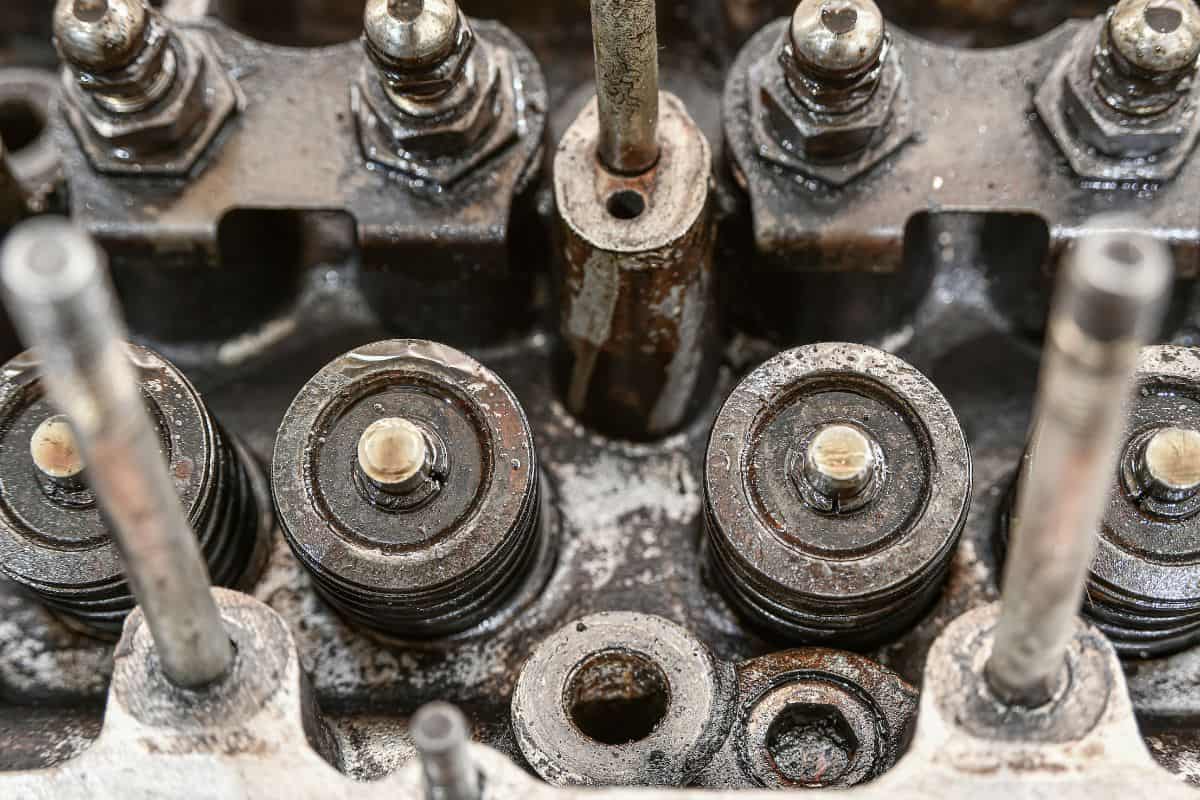
Replacing the lifters yourself can be a cost-effective option since you will only need to purchase the lifters, which typically cost between $100 to $300 dollars on average.
However, if you choose to have a mechanic replace the lifters, the overall cost will increase significantly due to the added labor cost.
The average labor fee for this repair typically ranges from $700 to $1500.
In Closing
If you plan on replacing the lifters yourself, it may take you seven to 15 hours. You should take note of all the indications that may lead to bad lifters so that you can check and replace them immediately.
We hope all the information mentioned above helped you with your concerns. Before you leave, make sure to visit the links below for some interesting reads:
How Long Does It Take To Replace An O2 Sensor On Your Vehicle?

